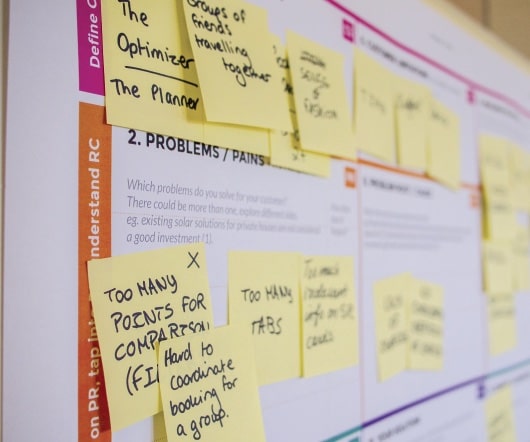CEO’s Update: Fall 2014
Beneblog: Technology Meets Society
DECEMBER 16, 2014
More and more of my time is spent around both raising money and raising awareness of how much more could be done with technology to increase social impact. Case in point is our team’s work with local LGBTI groups in Sub-Saharan Africa to help them establish independent human rights documentation initiatives.












Let's personalize your content